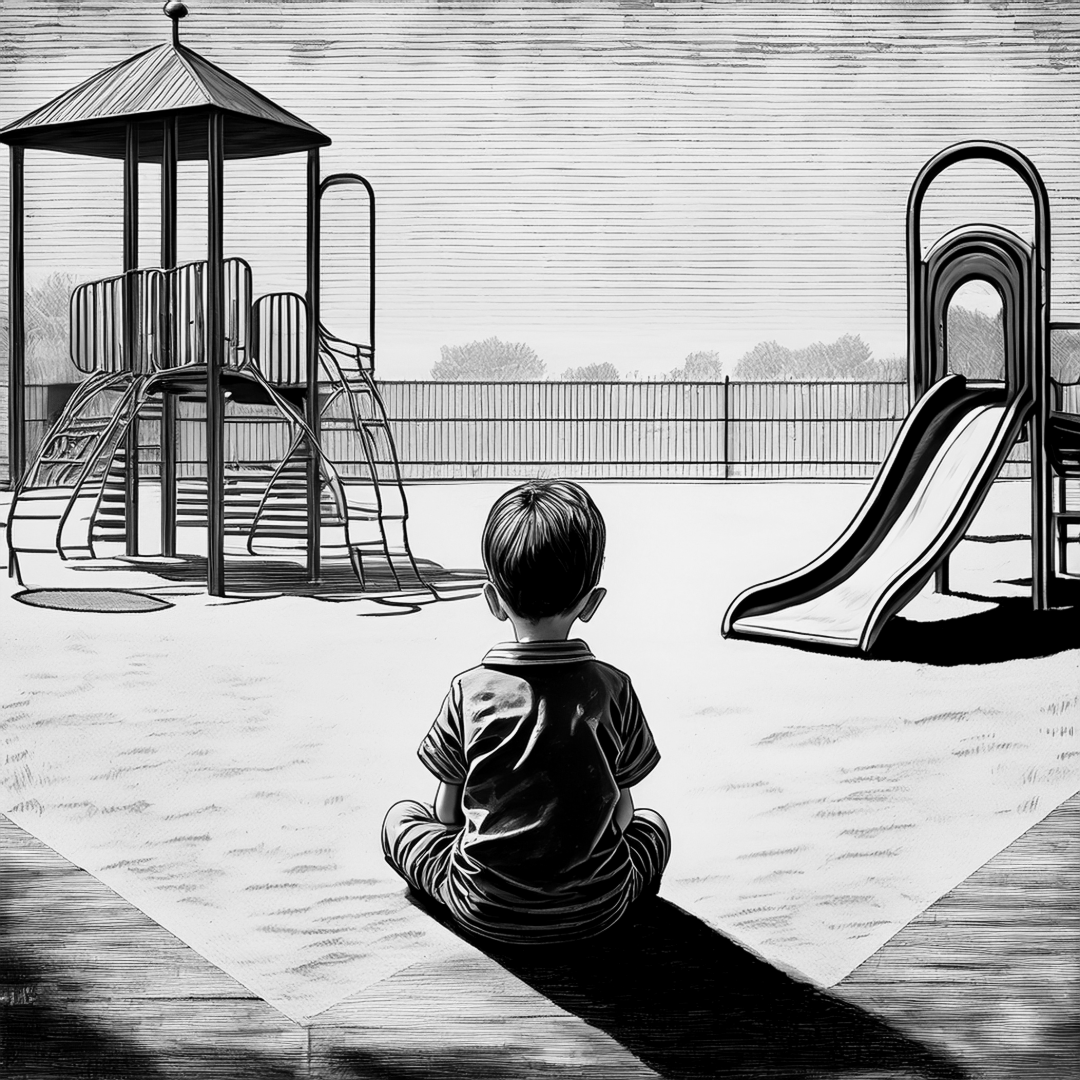BIRMINGHAM, Ala. — Alabama has fallen to 43rd in the nation for child well-being, according to the 2025 KIDS COUNT Data Book, marking a sharp decline from last year’s 39th place finish and underscoring deepening challenges for the state’s youngest residents. The annual report, released by the Annie E. Casey Foundation, paints a troubling picture: Alabama’s rankings dropped in economic well-being, education, and health, while only the family and community domain held steady.
The data reveal that nearly three in ten Alabama children live in homes where no parent has full-time, year-round employment, a figure that has seen little improvement over recent years. Housing insecurity is rising, with more families now spending over 30% of their income on housing—an essential factor linked to children’s health and school success.
Health coverage is another major concern. The number of uninsured children in Alabama has surged by 33% since 2019, a spike tied to the expiration of pandemic-era coverage and the state’s ongoing refusal to expand Medicaid. Without adequate insurance, children face barriers to timely care, worsening health outcomes and putting additional strain on families.
Maternal and infant health continues to lag, with Alabama ranking near the bottom nationally for babies born with low birth weight. Despite a slight improvement since 2019, the state remains 48th in this critical indicator, signaling persistent gaps in early childhood health.
While Alabama has seen some progress—such as a modest decrease in teen births and a slight uptick in high school graduation rates—these gains are overshadowed by the state’s growing struggles with child poverty, health access, and housing costs. Advocates argue that without bold policy action, Alabama’s children will remain at a disadvantage, and the state’s future workforce will suffer as a result.

